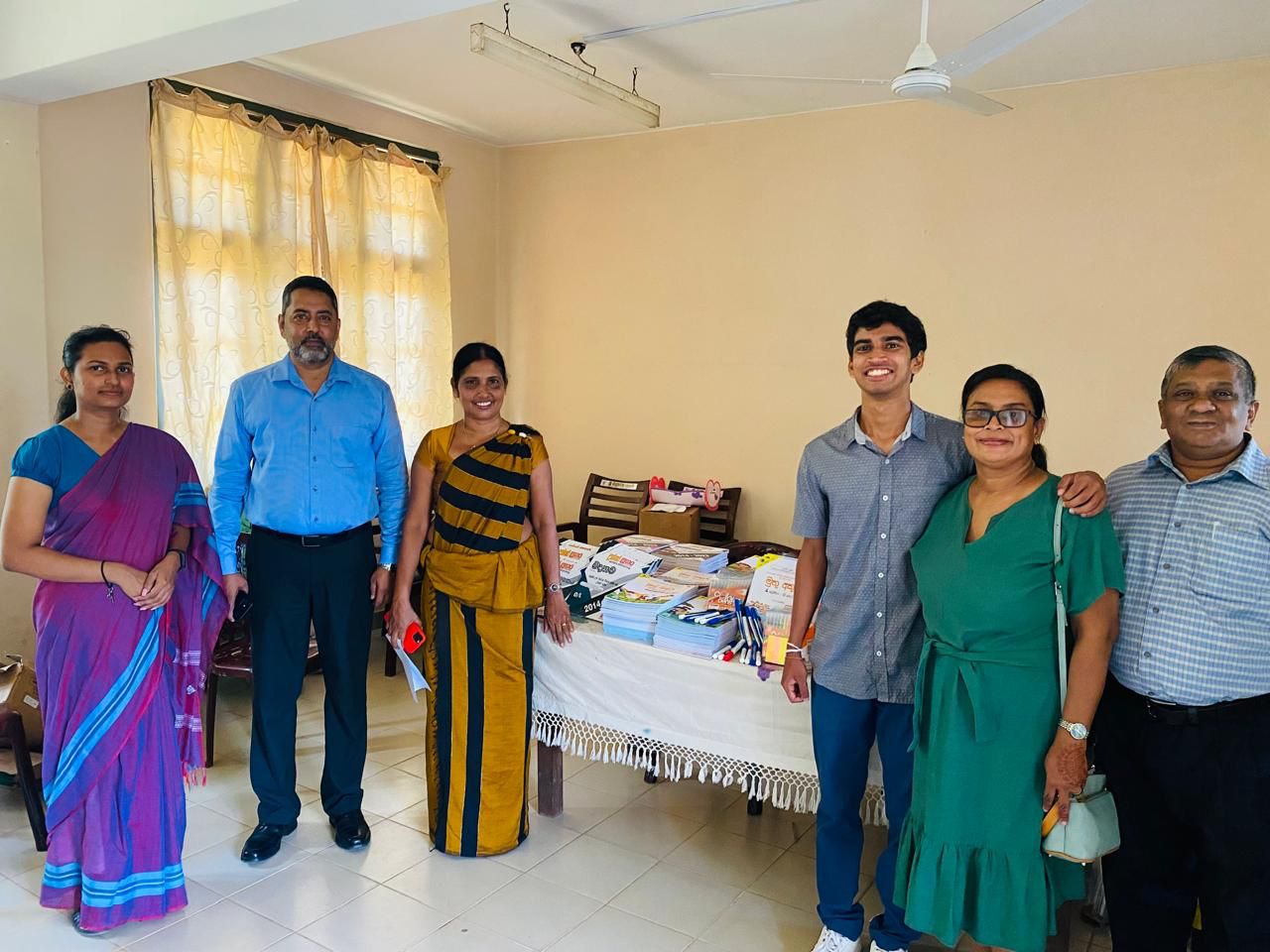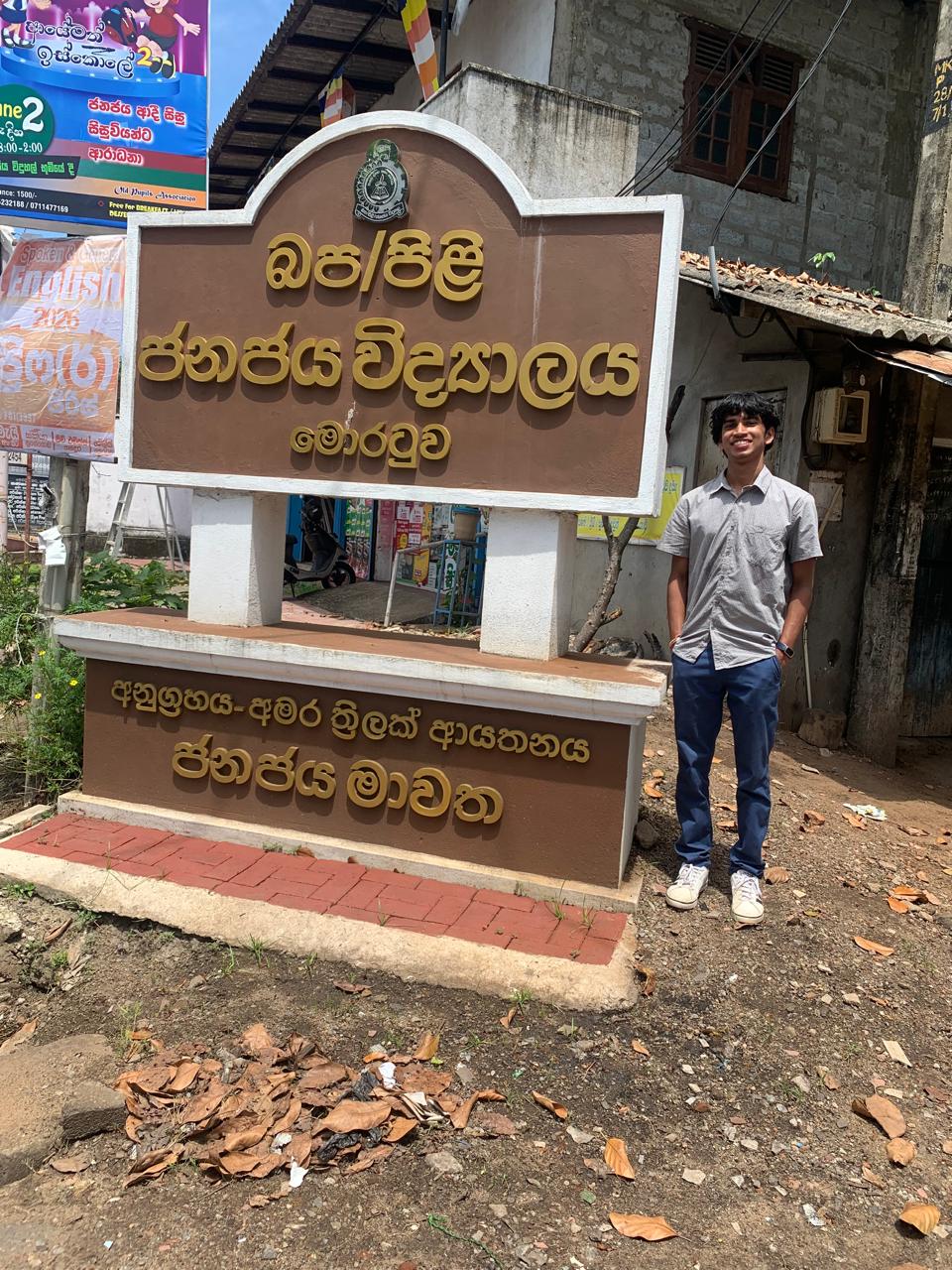HOW TOURISM CAN AFFECT REAL ESTATE IN SL
Since the end of the three-decade long Sri Lankan civil war ended in 2009, the island has experienced an exponential level of tourist arrivals to the country with 2018 set to become the most popular year for foreign tourist arrivals since the records began. In fact, tourists travelling from countries such as China, India, Australia, and the UK have shown double-digit growth since the second quarter of last year.
This impressive level of growth in the country’s tourism sector is also having a positive effect on Sri Lanka’s real estate market, which has been a welcoming development for the entire industry. However, it would be important to understand how tourism is affecting the country’s property market, since knowing the areas that we can anticipate growth can help future investors to take better investment decisions in both the tourism and real estate industries.
 The effect of tourism on the local hotel industry
The effect of tourism on the local hotel industry
By far the most tangible effect of tourism on the country’s real estate can be seen in the development of new hotel infrastructure throughout the island. According to the Sri Lanka Tourism Development Authority (SLTDA), in 2014 alone there were 28,426 accommodation units across the island. Since then, more than 11,000 rooms were thought to be added to the country’s hospitality infrastructure. As a result, the direct investments in the hotel industry is said to amount close to 5% of Sri Lanka’s total GDP.
The effect of tourism on vacation homes and luxury residential properties
Apart from the growth of the hotel industry, the Sri Lankan government’s decision to reduce levies on hotels and the travel industry will also have a significant effect on the commercial and short-term residential real estate market of Sri Lanka. Particularly, vacation homes and luxury residential properties are expected to see an increased demand in the coming years.
Villas and Bungalows: The villas and bungalows are by far the most prevalent high-end vacation homes found on the island. These properties are particularly popular among the Western and the Southern coastal areas of the country, but can also be seen in the Central Highlands of Sri Lanka.
Multi-family homes: In addition to the traditional vacation homes, the spacious multi-family homes that were designed for a communal living are also becoming popular among foreign tourists, who prefer to share such a home among a group of travellers, in order to split the rental costs for a more affordable travel experience.
Influence of tourism on traditional healthcare institutes
There is a growing demand among foreign tourists for traditional Ayurveda Retreats in Sri Lanka. This has led to a number of such retreats popping up in scenic locations across the island.
These establishments offer a unique experience to foreign travellers that includes a systematic Ayurveda treatment, massages, spa facilities, and yoga, which is then combined with typical hotel like lodging facilities to give a complete cultural experience of the island.
Tourism and the Colombo International Financial City (CIFC)
The Colombo International Financial City (CIFC) known previously as the Colombo Port City project, will become one of the biggest infrastructure development projects in Sri Lanka to combined both tourism and real estate. With the goal of developing the most liveable city in South Asia, the Colombo International Financial City will have more than 5.6 million square meters of built-up space spanning 269 hectares of reclaimed land adjacent to the Colombo harbour. Tourists and foreign workers from around the world are expected to visit this city, making it a travel and economic hotspot of Asia.
Short-term rental market and the rise of on-demand residential properties
Short on-demand rental properties have been the biggest innovation to take over the global travel industry in recent years. Services such as Airbnb have transformed both travel and real estate, by combining the two sectors to create one seamless experience that is increasingly becoming popular here in Sri Lanka.
One of the key innovations that made such a service successful is the ability for typical property owners to earn some extra cash, by renting out their dwellings for short stay travellers, which allows residential property owners the ability to utilise their properties at an optimum level.






